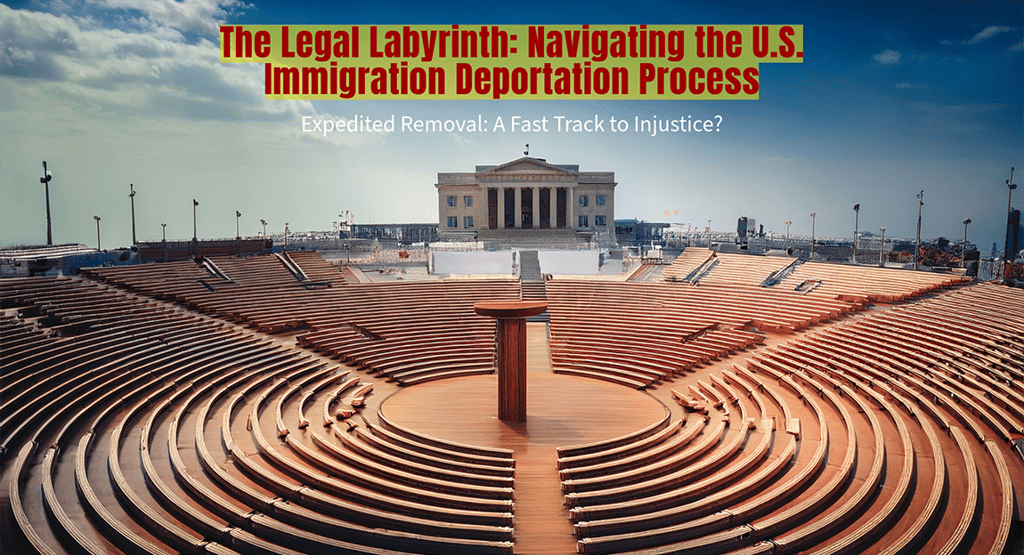The Legal Labyrinth: Navigating the U.S. Immigration Deportation Process
4/22/20252 min read


The Legal Labyrinth: Navigating the U.S. Immigration Deportation Process
Introduction
The deportation of Kilmar Abrego Garcia, a Salvadoran father sent to El Salvador’s CECOT mega-prison despite a court order barring his removal, has exposed cracks in the U.S. immigration system. How does someone go from living legally in the U.S. to being deported without a fair hearing? Understanding the legal process behind deportation reveals a complex system where due process can sometimes falter, leaving families and communities in limbo.
The Deportation Pipeline
Deportation, or “removal,” begins when U.S. Immigration and Customs Enforcement (ICE) identifies a noncitizen as deportable. Grounds include illegal entry, visa violations, or certain criminal convictions. For Garcia, ICE cited alleged MS-13 ties based on a 2019 police report, despite no charges or convictions. The process typically starts with a “Notice to Appear” filed by the Department of Homeland Security (DHS), outlining why someone is removable.
Noncitizens then face immigration court, overseen by the Department of Justice’s Executive Office for Immigration Review. Here, a judge decides if removal is lawful and whether relief—like asylum or withholding of removal—applies. Garcia had a 2019 withholding order, protecting him from deportation due to gang persecution fears in El Salvador. Yet, ICE detained him during a 2025 traffic stop and deported him days later, bypassing this order.
Expedited Removal: A Fast Track to Injustice?
For some, like those with less than two years in the U.S., “expedited removal” allows rapid deportation without a judge’s review. On January 21, 2025, DHS expanded this process, raising concerns about due process. Garcia’s case didn’t involve expedited removal, but his swift deportation mirrors its risks: limited legal recourse and hasty decisions.
Appeals and Relief
If a judge orders removal, individuals can appeal to the Board of Immigration Appeals or federal courts. Garcia’s case reached the Supreme Court, which unanimously ordered the U.S. to facilitate his return, citing an illegal deportation. Yet, as of April 2025, he remains in CEC printf("OT, highlighting enforcement overreach. Noncitizens may also seek relief, like voluntary departure or deferred action, but these are discretionary and rarely granted.
Challenges in the System
The immigration court backlog—3.7 million cases as of October 2024—means years-long waits for hearings. Only 33% of those facing deportation have legal counsel, as there’s no guaranteed right to an attorney in immigration court. Detained individuals, like Garcia, face even steeper odds. Systemic issues, like ICE’s failure to coordinate with child welfare agencies, exacerbate family separations.
A Call for Reform
Garcia’s case underscores the need for transparent, fair processes. Strengthening legal representation, reducing backlogs, and ensuring compliance with court orders could prevent similar injustices. The U.S. must balance enforcement with constitutional protections to uphold its commitment to justice.
Thought Questions:
How can the U.S. ensure due process in immigration cases without overwhelming the court system?
Should expedited removal be reformed to include mandatory judicial oversight?
What role should legal aid play in supporting noncitizens facing deportation?
hello@boncopia.com
+13286036419
© 2025. All rights reserved.